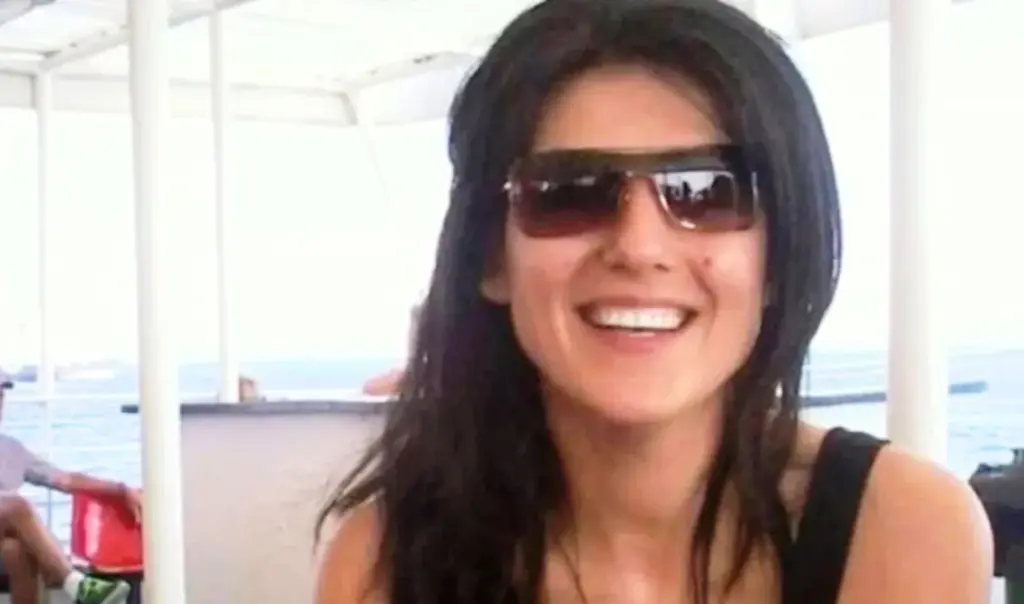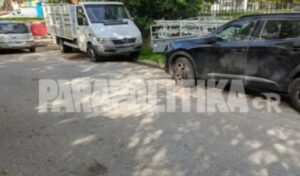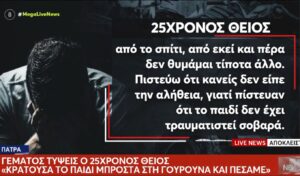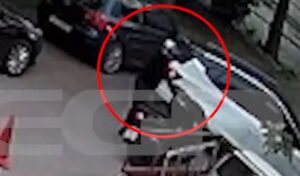The “Mourtzoukou” storm has swept up and shaken, without exaggeration, the entire Patras Forensic Service. The entire service was suspended following intervention by Justice Minister Georgios Floridis, while the notorious case of Roula Pispirigou contributed to the complete overhaul of the service. As a result of all the above, officials from the relevant ministry made a rushed intervention, conducting a double raid to confiscate all forensic files from 2020 to present.
Irini Lagoudi: The damning intervention against the Patras Forensic Service
However, it appears that what happened in the last five years are not the only cases that will occupy the authorities. This is because, as parapolitika.gr revealed last Monday (14/7), the family of the wrongfully deceased Irini Lagoudi proceeded through their lawyer, Vasilis Taouxi, to submit a request for re-examination of the 43-year-old deceased’s forensic file by a three-member committee of forensic experts. This is the first case to take this route and there may be more to follow.
Today, parapolitika.gr presents what both the experienced lawyer and the family members of the wrongfully deceased woman have identified. Her brother and three children, who have declared their support for the prosecution, are making their first aggressive move on the path to revealing the truth behind Irini Lagoudi’s “suicide.” The “suicide” is placed in quotation marks because what was discovered during the preliminary investigation, mainly by forensic examiner Andreas Gotsis and secondarily by Agrinio Security, can only be placed in quotation marks. This is supported by the Agrinio Prosecutor, who “recognizing the dark points and insufficient foundation of the suicide version as the cause of death of our sister and mother, LAGOUDI Irini, re-examining and thoroughly evaluating all elements of the case file regarding her death, filed criminal charges for the following criminal acts: a) premeditated homicide by co-perpetration, b) attempted arson by co-perpetration and c) moral authorship of the above acts”.
One can easily understand the distance between “suicide” and the prosecutor’s assessment that we may be dealing with a case of well-organized murder.
In general terms, the request for re-examination of the Gotsis forensic report constitutes a “blow” to the forensic procedures performed at that time, in mid-January and early February 2018. Lawyer Vasilis Taouxi presents all the questions raised by the results of these actions, while the family of the deceased Lagoudi openly disputes a series of procedures. The driving force behind these most serious allegations are the findings recorded by the family’s technical advisor, retired Lieutenant General Andrianos Gourbatsis, honorary deputy chief of the Fire Service and now judicial expert and arson crime investigator.
Did the forensic examiner ever visit the site where Lagoudi was found?
The analysis by the retired senior Fire Service officer essentially undermines any assessment made both during the police autopsy and by the forensic examination, if such was ever conducted. According to what is recorded in the relevant application to the three-member committee of forensic experts, which refers to the transmittal from the Agrinio Security Subdivision to the competent prosecutor, the autopsy was conducted in the presence of the Patras Service forensic examiner, Andreas Gotsis. However, the 24-page re-examination request notes that there is no Autopsy Report record, i.e., a document depicting the image of the corpse discovery site through the forensic examiner’s eyes.
The family additionally objects to the fact that the final Forensic Autopsy Necrotomy Report delivered in May 2018 makes no reference anywhere to the necropsy that supposedly should have been performed at the crime scene by the responsible forensic examiner on January 8, 2018, when the victim was discovered. Instead, there is only reference to the necropsy of January 9, 2018, which was performed at the Necrotomy Department of Rio University General Hospital. As if all the above weren’t enough, during the summoning of the aforementioned forensic examiner as a witness by the Agrinio investigator in the context of the main investigation in May 2022, forensic examiner Andreas Gotsis, according to the family, “made no reference to performing a necropsy on the corpse during the scene autopsy on 8-1-2018, i.e., the day of its discovery at the crime scene”.
The above leads the family to record a very serious allegation: “This fact alone confirms our claim of falsely declared presence of the specific competent Forensic Examiner during the autopsy conducted at the discovery site of our sister and mother LAGOUDI Irini’s corpse (as appears to emerge from the January 8, 2018 Autopsy-Vehicle Search and Evidence Seizure Report)”.
The toxicological tests
At the same time, however, in the family’s 24-page request to the three-member committee, there are other serious observations. The family essentially alleges that toxicological tests were conducted without clarifying whether samples were taken in the appropriate manner, at the appropriate location and at the appropriate time to reflect actual results. Among other things, the request submitted to Justice Ministry officials refers to the decision not to request specific tests that would determine the possibility of specific poisons in the unfortunate woman’s body, but mainly other drugs that could, for example, reduce her resistance or even lead to her death.
The timeline of the Lagoudi case
Irini Lagoudi, a widow and mother of three children, was found dead on January 8, 2018, in the back seat of her car at an isolated location in the Myrtia area of Thermos, Aetolia-Acarnania. The car showed signs of fire, the body had burns, and oil cans were found beside her. From the first moment, authorities spoke of suicide. However, the unfortunate woman’s family never believed this version.
The story began on Saturday, January 6, 2018. Irini left home saying she would go get sweets for her son’s celebration on January 7. The time was 10:30 AM. She never returned. Her family mobilized immediately and began searching. Two days later, the tragic ending was written: Irini was found dead in her car, at a location she would never have gone to by chance. The circumstances: her body was found in the back seat, there were burns on her left arm, soot traces outside the car, and footprints on the rear window and roof.
The evidence raised questions from the first moment. The forensic report speaks of suicide by inhalation of toxic substances due to fire. Experts spoke of escape attempts, movement, struggle to survive.




